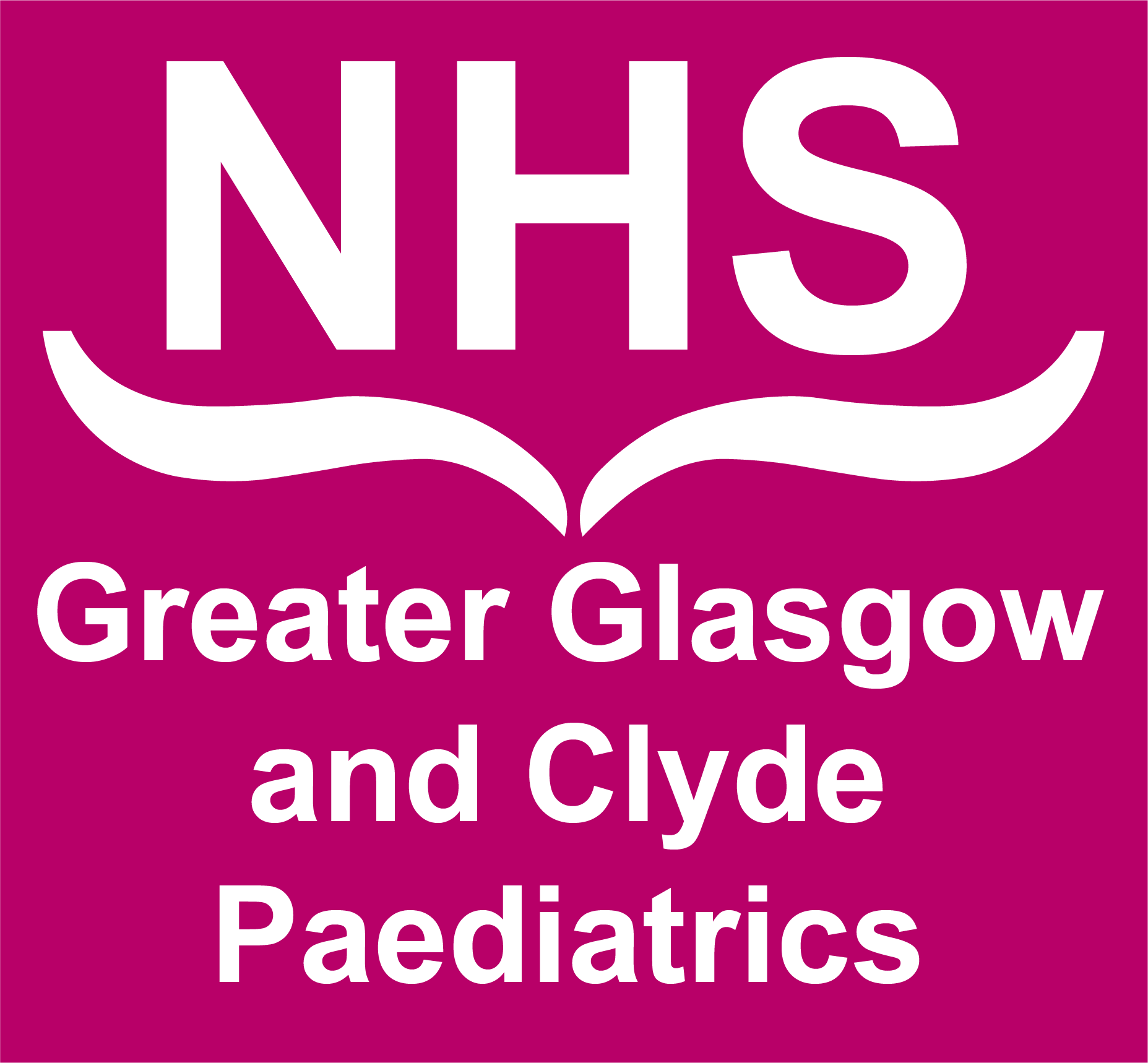HAS THIS BEEN A SIGNIFICANT INJURY?
|
NO
|
 |
|
 |
YES
|
|
Health Care Worker
The risk of infection with a bloodborne virus is extremely small.
Inform Occupational Health Department at earliest opportunity.
Complete IR1 form.
With your supervisor, reflect on the cause of the injury and take steps to ensure the future risk of such incidents is reduced.
Member of the public
Reassure that the risk of infection with a bloodborne virus is extremely small, and that no further action is required
If further reassurance is needed. advise to contact GP who can arrange counselling if required. Counselling services can be accessed through the Brownlee Centre, Gartnavel General Hospital or the Sandyford Initiative.
If the incident has occurred during the course of the patient's work, advise him/her to inform their Occupational Health Department (where applicable) at the earliest opportunity.
|
Health Care Worker
Report injury to supervisor†
Inform Occupational Health Department immediately or, if out of hours, go to Emergency Department as soon as possible, ideally within one hour of the incident occurring.
†Supervisors should refer to section 1.3 of the guideline Management of occupational and non-occupational exposures to bloodborne viruses for guidance on their roles and responsibilities.
Member of the public
Refer patient to the Emergency Department as soon as possible, ideally within one hour of the incident occurring.
Those treating significant injuries should follow the guideline Management of occupational and non-occupational exposures to bloodborne viruses
|
Box 1: Injury type
|
High-Risk Injury
|
Low-Risk Injury
|
|
Percutaneous exposure e.g. needlestick or other sharps injury.
Exposure on broken skin.
Mucous membrane exposure (e.g. eye)
|
Splash on intact skin - there is no known risk of BBV transmission from exposures to intact skin.
|
Box 2: Body fluid
|
High-Risk Body Fluid
|
Low-Risk Body Fluid (unless blood stained)
|
|
Blood
Blood stained low risk fluid
Semen
Vaginal secretions
CSF
Pericardial fluid
Peritoneal fluid
Pleural fluid
Saliva associated with dentistry
Amniotic fluid
Breast milk
Synovial fluid
Unfixed tissues or organs
|
Urine
Vomit
Saliva
Faeces
|
The full guideline and supporting documentation can be accessed at: Needlestick and Similar Injuries - NHSGGC
Note: This link contains a link to a downloadable form for requesting storage bloods (to be used with samples from the injured staff member). 9mls of blood in EDA tubes will be required. Staff bloods are not sent with a Trakcare form.
Source patient bloods (also 9mls in EDTA tubes), taken after consent are sent using Trakcare. Select "New Request" then type in "needlestick"

